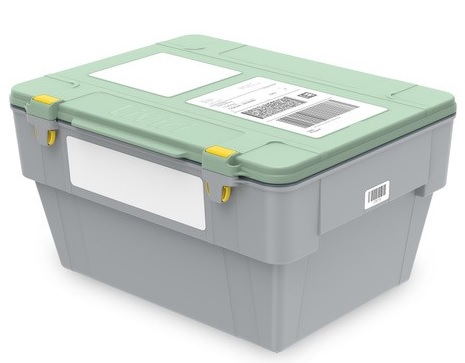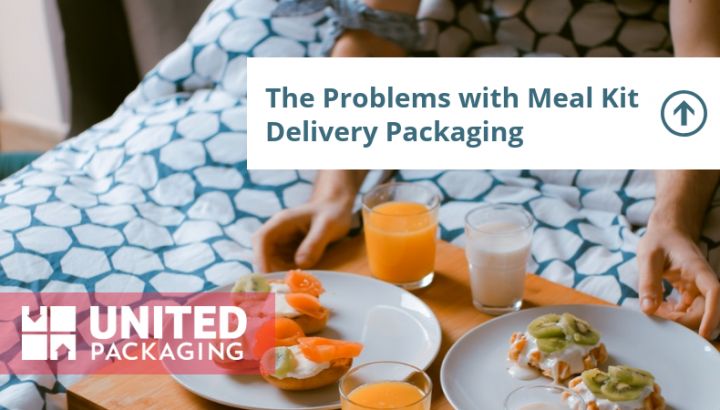There is no question that the meal kit delivery industry has successfully disrupted traditional consumer habits of food buying and consumption over the last few years. According to a 2017 study by Packaged World, the meal kit delivery services were worth $5 billion, and that was already 2 years ago. Meal kits offer convenience for its millennial-majority consumers who want healthy, fresh options and a chance to save time and energy on meal preparation. (packworld.com)
It’s also challenged traditional brands to make additions to their offerings to stay on par with these meal kit delivery brands. Companies like Pepsico, Nestle, and Quaker Oats have tested out their own meal delivery systems (packworld.com), and although different, Peapod by Giant and Whole Foods both employ a successful grocery delivery system.
The meal kit delivery endeavor also poses several problems.
Problem 1: An industry driven by millennials requires an up-to-date approach to sustainability. Packaging waste is a big challenge for meal kit companies who often use non-reusable, non-recyclable inner and outer packaging for their foods. This includes various plastic bags holding small amounts of ingredients like basil or cilantro (many of which cannot be recycled), gel and ice packs for cooling, and cardboard boxes to package the contents.
Kyle Fanning, a products line manager at Otter Products, said, “We’ve got good consumer research that shows that [waste] is actually a limiting factor in people’s willingness to engage, and to continue on after they started a subscription meal service.” (fastcompany.com) In other words, meal kit services are having a hard time retaining customers because of the amount of waste they produce with each delivery.
Problem 2: Another serious concern with meal kit delivery is the ability to keep products cold, fresh, and safe to eat. In warmer temperatures, kits that are left on the front porch too long thaw quickly, well before the customer comes home to bring it inside. This can spoil the food, so the customer is either consuming bad food without their knowledge, or throwing the food away. Not only does this put the consumer in danger of illness, but it’s also creating unnecessary food waste.
Solutions to food freshness and packaging waste
Keeping foods fresh requires the implementation of a complex supply chain, including cold chain technology. Cold chain technology includes the use of packaging that provides insulation within its walls that can keep products inside cold without the risk of thawed ice packs or gel packs. A packaging company called Liviri is taking a cold-chain and sustainable approach to delivery packaging with reusable, heavy-duty plastic coolers that are guaranteed to stay colder longer (fastcompany.com). The packaging design keeps produce fresh. The customer removes the contents, and sends the cooler back to the company to be washed, inspected, and reused for another shipment.
They still use ice-packs, but the ice packs do not thaw as quickly inside the cooler (and less are needed). The customer is able to send those back inside the box to be reused, as well, eliminating packaging waste.

San Francisco-based Sun-Basket, a meal-kit delivery service that produces around 2 million meals per month, only uses 100% recyclable or compostable packaging products (packworld.com). This includes their corrugated cardboard boxes, and their gel packs can be drained into compost bins and their outer plastic recycled at certain recycling centers. They even take it one step further by offering links to recycling resources on their website.
